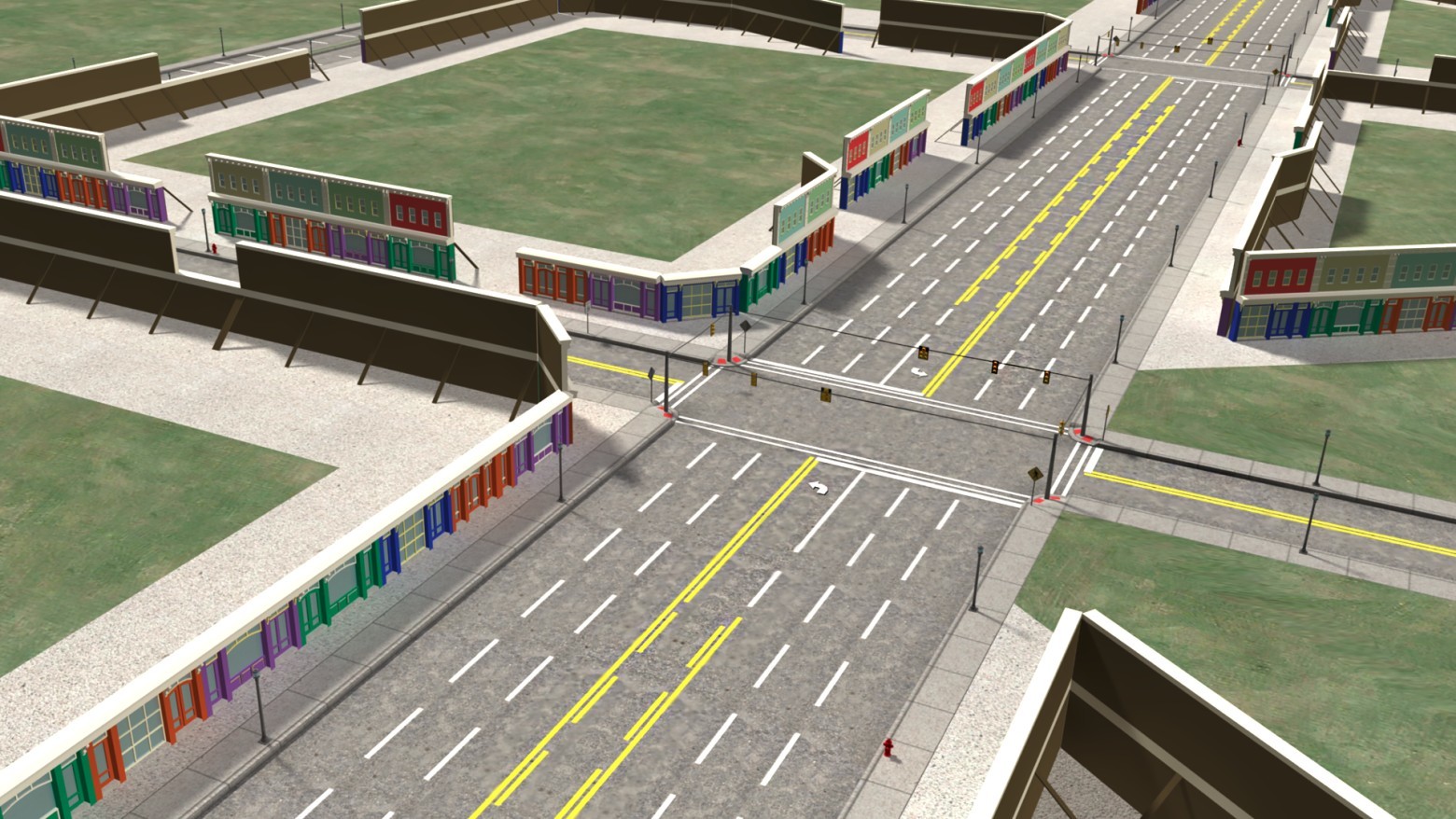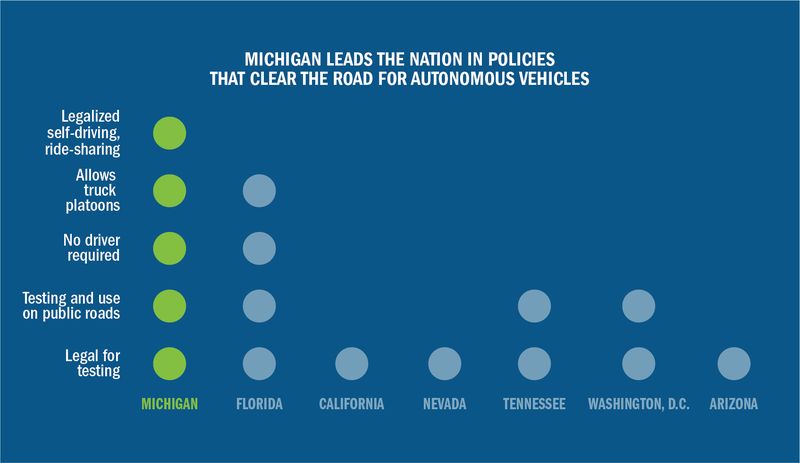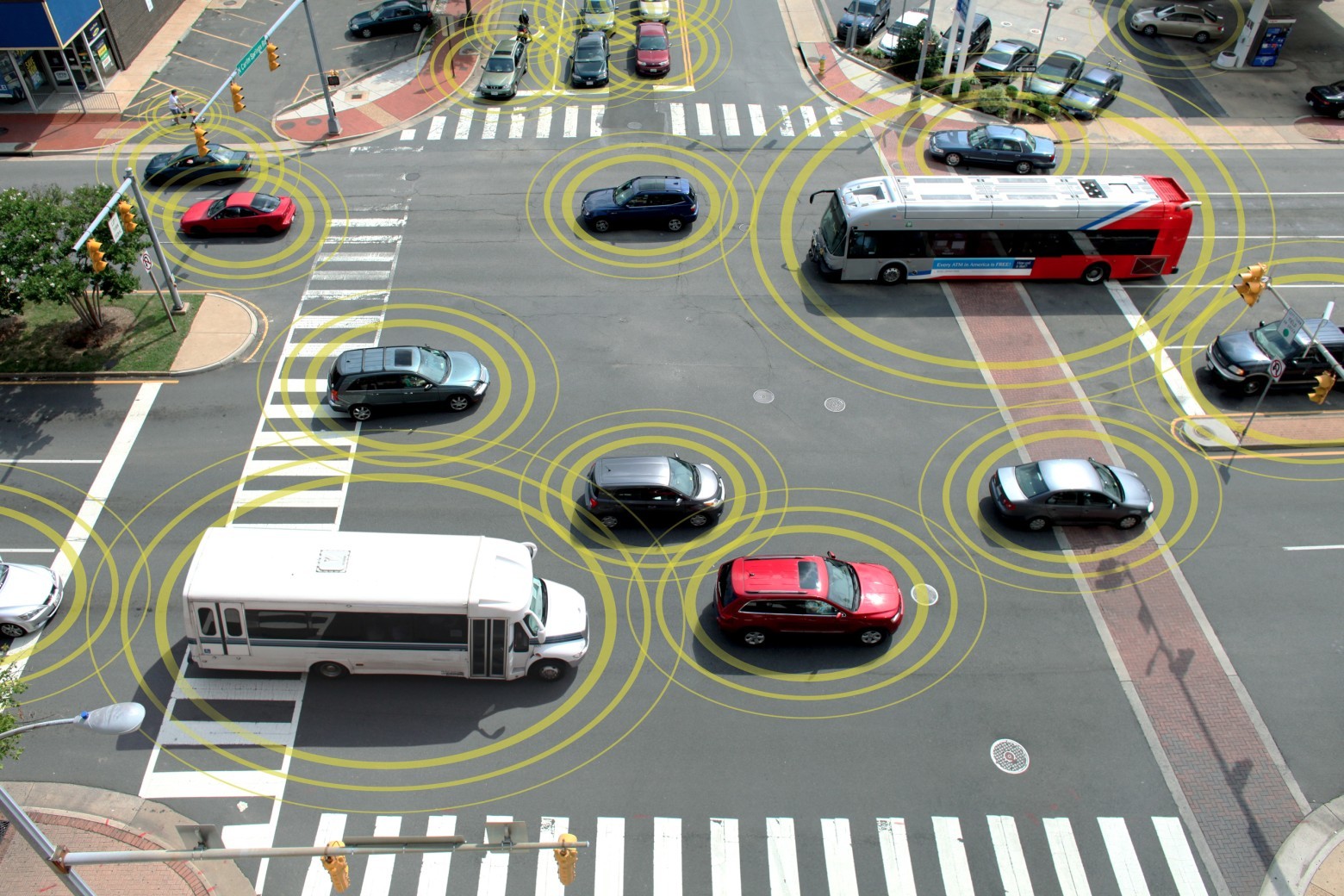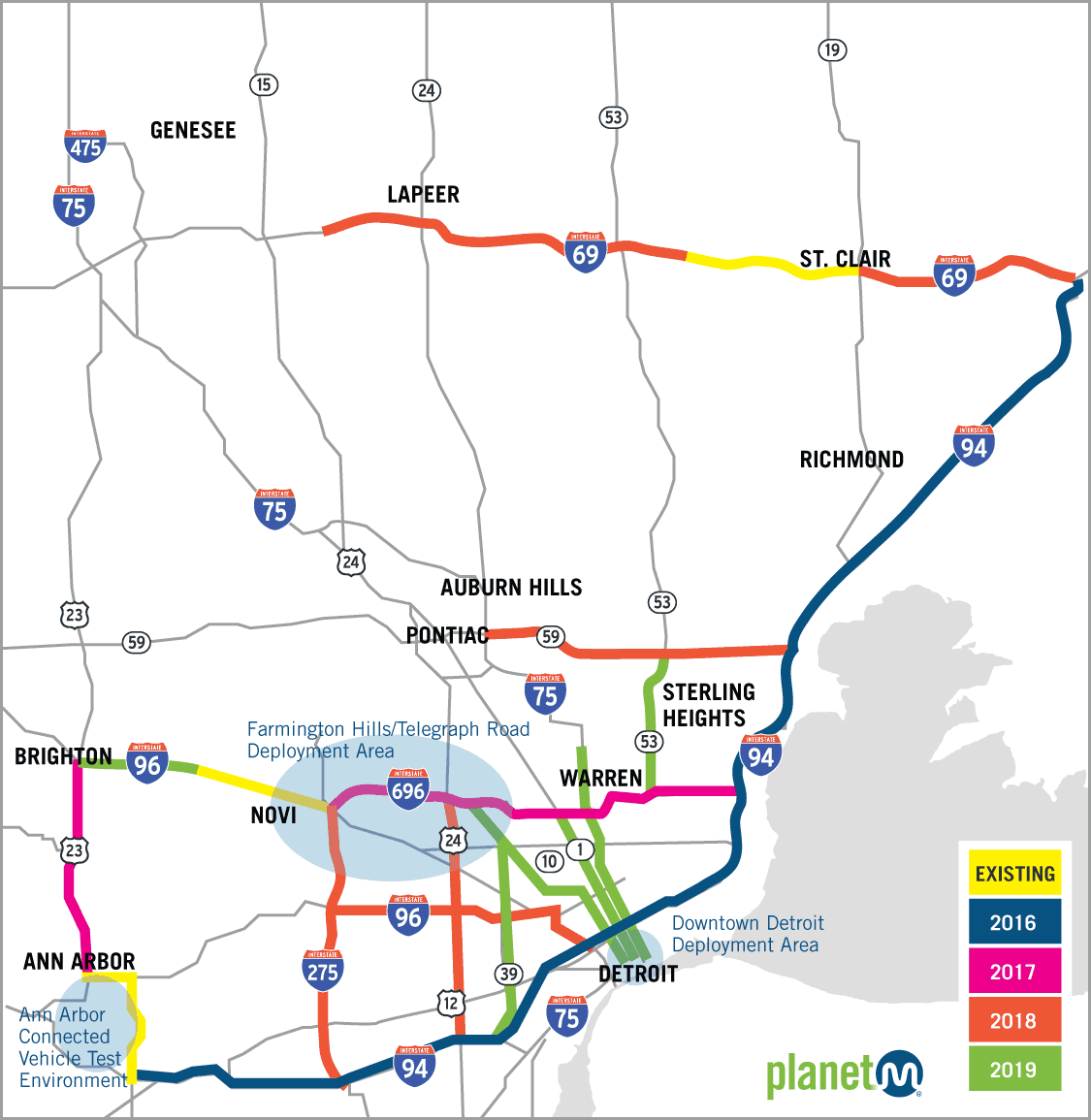Michigan has authorized the sale of serial robots and taxis without a driver

In addition to allowing autonomous cars on public roads, the state financed the construction of a test site for unmanned vehicles. This is a sample of how the movement of robots on the roads of the future with V2V and V2I technologies can be organized.
Governor Rick Snyder (Rick Snyder) signed a package of laws yesterday in the birthplace of the American automobile industry in Michigan, in a solemn atmosphere of the Museum of Automobile History, which is designed to confirm Michigan’s claims to be the world leader in automotive design and technology.
Michigan became the first state to completely legalize unmanned vehicles. Robo cars are now allowed the following:
- Drive on public roads without a driver behind the wheel (this was only allowed in Florida)
- Grouped into motorcade (Florida)
- Provide on-call unmanned taxi services (this was nowhere else, Michigan is the first state to allow this)
Even commercial sale of serial unmanned vehicles is allowed, if they have passed all relevant tests and certification.
')

It was here, in Michigan, at the plant in Detroit back in 1908 that the first Tin Lizzy rolled off the assembly line - the legendary Ford Model-T, the first car ever produced in millions of series. This was the beginning of the mass automobilization of humanity, the results of which we see today on the streets of any city. "Michigan put this world on wheels, and now we are heading the transformation of the automotive industry," said the governor. Of course, we are talking about unmanned vehicles.
The governor has signed four laws:
- Senate Bill 995 (PA 332) permits free movement of robotic cars on public roads in Michigan, while previously only testing by car manufacturers was allowed. Serial unmanned vehicles are subject to the same safety requirements as test specimens. The law allows motorcars where vehicles move together at the same speed, which is electronically coordinated, as well as computer systems for calling an unmanned vehicle (taxi) remotely. This law initiates the creation of a future Michigan Automobile Technology Council under the Michigan Transportation Authority to develop future recommendations for amendments that will need to be incorporated into various state regulations to ensure Michigan’s national leadership in introducing unmanned vehicles and prospective modes of transport.
- Senate Bill 996 (PA 333) defines specific parameters for organizations that want to provide remote call services for unmanned vehicles (taxi, ride-sharing). As is known, Uber, Tesla and some other companies have announced their plans to deploy a network of unmanned taxis. For car owners, this can be an additional source of income: you can send an unmanned vehicle a little “banged out” so that it does not stand idle in vain in the garage. Or an unmanned vehicle can go on other tasks, where it is sent by the owner (for his wife, for the child, for shopping in the store). Michigan becomes the first state to fully legalize this use.
- Senate Bill 997 (PA 334) approves the charter of American Center for Mobility , which manages the test site for unmanned vehicles in the industrial zone of Willow Run and removes barriers to the operation of the landfill.
- Senate Bill 998 (PA 335) exempts mechanics from compensation for damage caused by the repair of vehicles if repairs are made in accordance with the manufacturer's specifications.
To establish the role of Michigan as the world leader in the introduction of unmanned vehicles launched the state portal Planet M.

Detractors talk a lot about the decline of the American automobile industry and cite as an example Detroit - the largest city of Michigan, the capital of automobile production. As we see, local authorities are not ready to put up with such a state of affairs and seriously intend to return Michigan's former glory and become the head of a new technological revolution.
Among the technologies that are going to run in and implement in Michigan are V2V and V2I technologies , that is, the vehicle communication protocol in the transport flow between them within a radius of several hundred meters or more (V2V) and the vehicle communication protocol with stationary objects (V2I).

To test electronic infrastructure and technology V2I in the southeast of the state, the world's largest electronic corridor with a total length of more than 190 km has been established.

Electronic Corridor for Testing V2I in Michigan
Along the corridor roads, more than 100 transmitters of the type Dedicated Short Range Communications (DSRC) are installed, which exchange information with vehicles equipped with the appropriate equipment. For example, if such a car suddenly stopped in the fog, then the automobile computers of other cars on the track will be automatically warned of the occurrence of an obstacle. Existing technologies allow autopilot in an emergency situation to take control and forcibly activate emergency braking or bypass obstacles.
For unmanned cars future. Not surprisingly, autopilot development involves not only automakers like Google , Mercedes-Benz, Tesla, GM and Ford, but also car startups like Faraday Future and NextEV and even some IT companies. For example, a couple of days ago, Nvidia received permission to test its robots on California roads.

Nvidia unmanned vehicle test in California. Morning December 8, 2016. Photo: James Molinaro
It is known that in the company Nvidia there is a research division that for several years has been studying artificial intelligence and computer vision systems.
:format(webp)/cdn1.vox-cdn.com/uploads/chorus_image/image/45152200/DSC_0236.0.0.jpg)
A shot from the presentation of Nvidia, January 2015
Now Nvidia and other autopilot developers have a reason to move to Michigan.
Source: https://habr.com/ru/post/399821/
All Articles